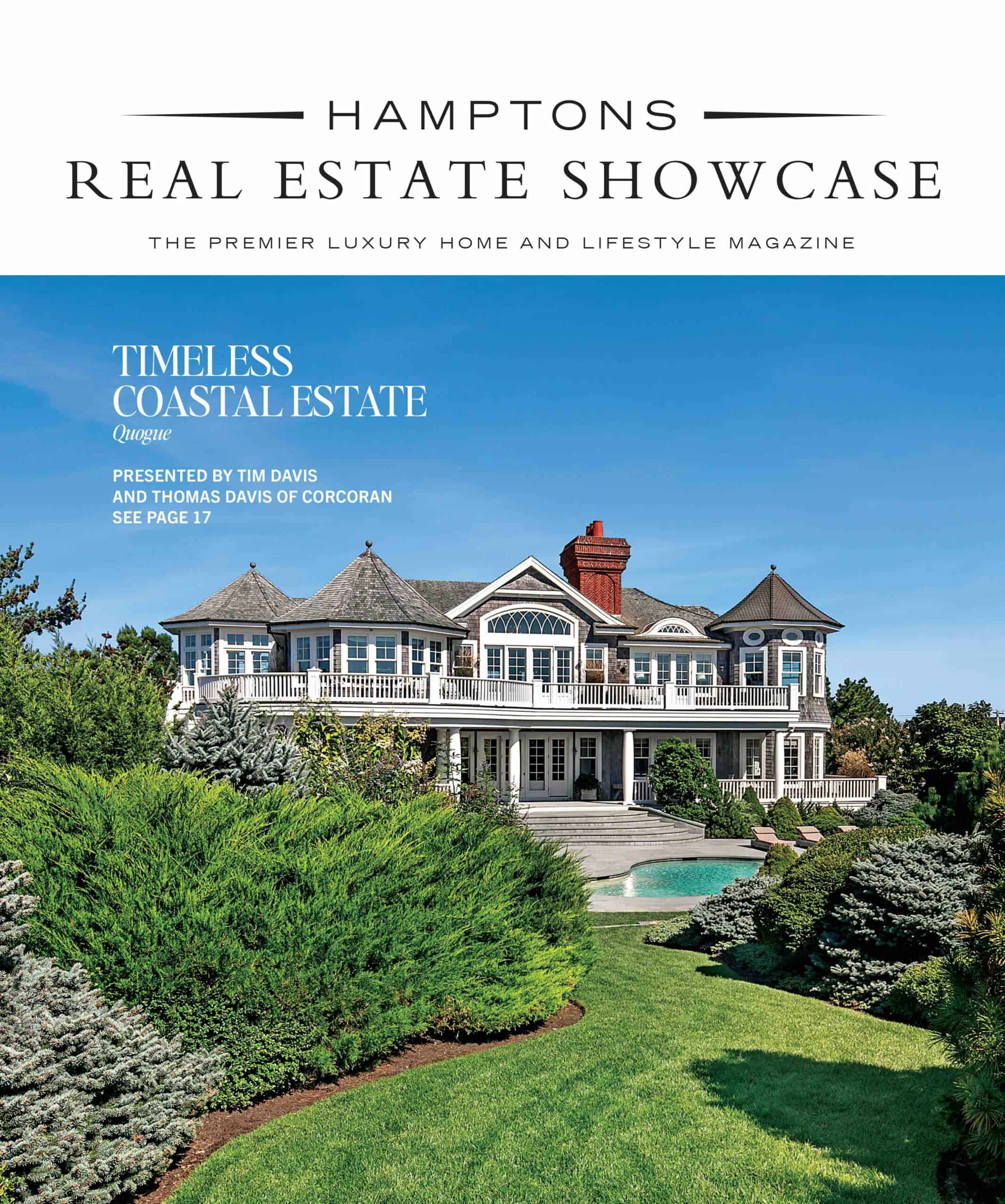The Fine Art of Blair Seagram
Color theory, the study of how colors interact with each other and how they affect human perception and emotion, dates from Aristotle’s treatise on colors to Isaac Newton’s experiments on light refraction to modern day chromotherapy which uses colored light to improve physical and mental health. For $13,000 you can even buy a Kohler bathtub which turns different hues to affect your mood.
Artist Blair Seagram explores her own color theory in her vibrant Plexiglass works which seem to pulse with lifelike energy. “I wanted the color to come through the Plexiglass, so it appears to be emanating from within the material,” she explains.
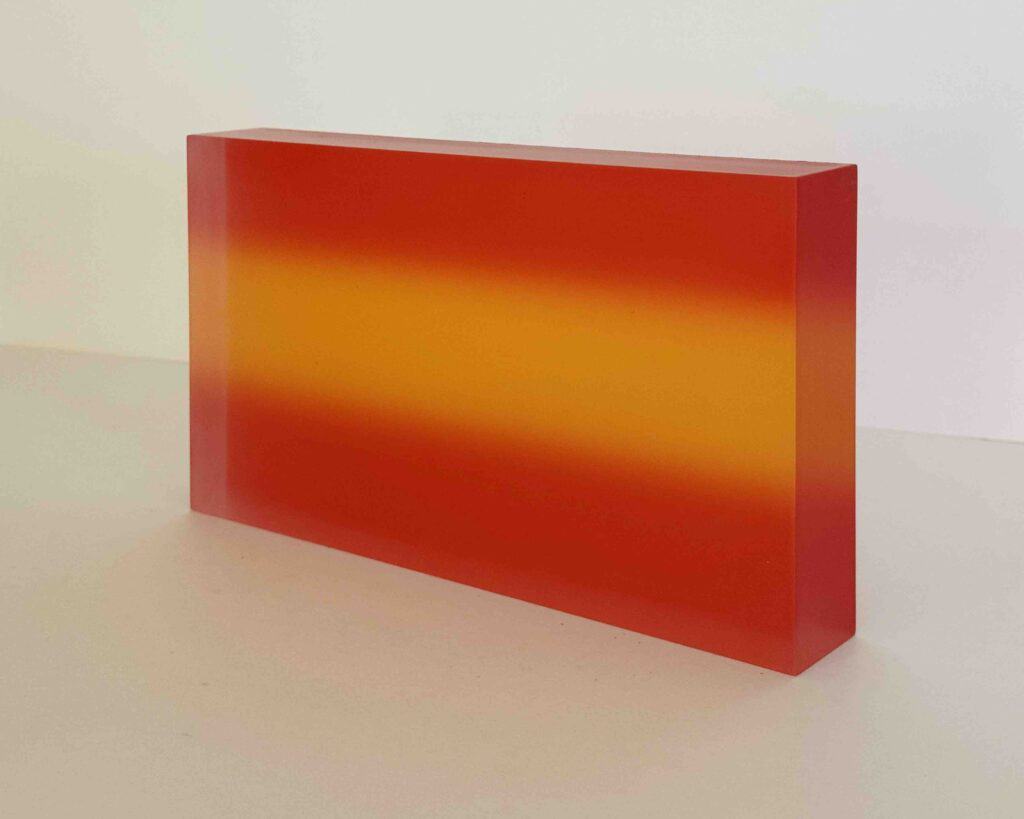
Born in Waterloo Ontario, Blair studied communication arts at Concordia University in Montreal before moving to New York where she completed a BFA at the School of Visual Arts. Her work is included in the collections of the Hara Museum of Contemporary Art, Tokyo, Musée des Beaux-Arts, La Chaux de Fond, Switzerland, Parrish Art Museum, Water Mill NY, and the US Department of State, Washington, DC.
Since 2017 the Hamptons have been her full-time home where she has immersed herself in the art scene including recently at the Women’s Art Center of the Hamptons in the beautifully curated The Grid show and currently at Elizabeth Dow in East Hampton.
Seagram has a long and varied history of working with Plexiglass. “The allure is its transparency; however, I prefer to soften the appearance by sanding the material to a warm translucency.”
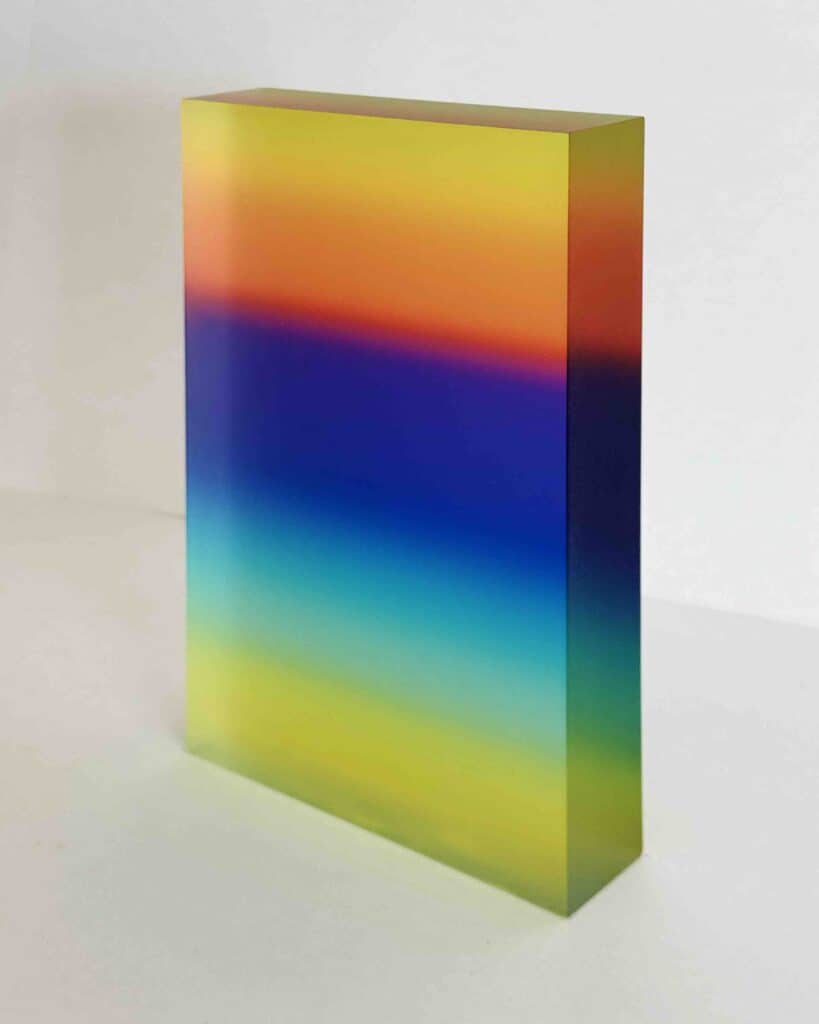
Her first experience was working in a Toronto studio that designed and produced Plexiglass frames. An early foray into digital photography when she worked as a graphic designer in New York gave her an edge to the medium and ways it could be utilized beyond traditional film photography. Inspired by the beauty and surf culture of Montauk she created large scale panoramas of surfers interacting with the ocean. From the panoramas she shifted to a Strata series based on a composite image that merges several layers horizontally. “The next idea was to reduce one of the Strata images to its structural elements. Once simplified it became an exercise in color, keeping the proportions of the Strata series but freed from existing imagery. That was the beginning of printing the images on blocks of plexi 6 x 10 x 1.5 inches hoping the viewer would experience the image as if it were floating within the plexi block.
A key partner in creating her fine art pieces is Laumont Photographics now located in Long Island City. “They understand printing as a fine art and experiment with me for the desired result and color saturation. They were one of the first studios with a UV printer from Switzerland.” UV printing is a digital printing technique that utilizes ultraviolet (UV) light to cure special inks as they are applied to a material.” Seagram acknowledged important influences in her work including Josef Albers who emphasized the relativity of color perception and the interaction between colors, Doug Wheeler who experimented with the perception of space, volume and light, and Larry Bell whose glass boxes explored the properties of light on a surface.
She recalls going to the Zwirner Gallery in New York for an installation by Doug Wheeler. “It looked like a solid wall of light that you couldn’t walk through. But of course, you could walk through it to the other side, which felt something like being in a cloud. For me that experience was transformative.”
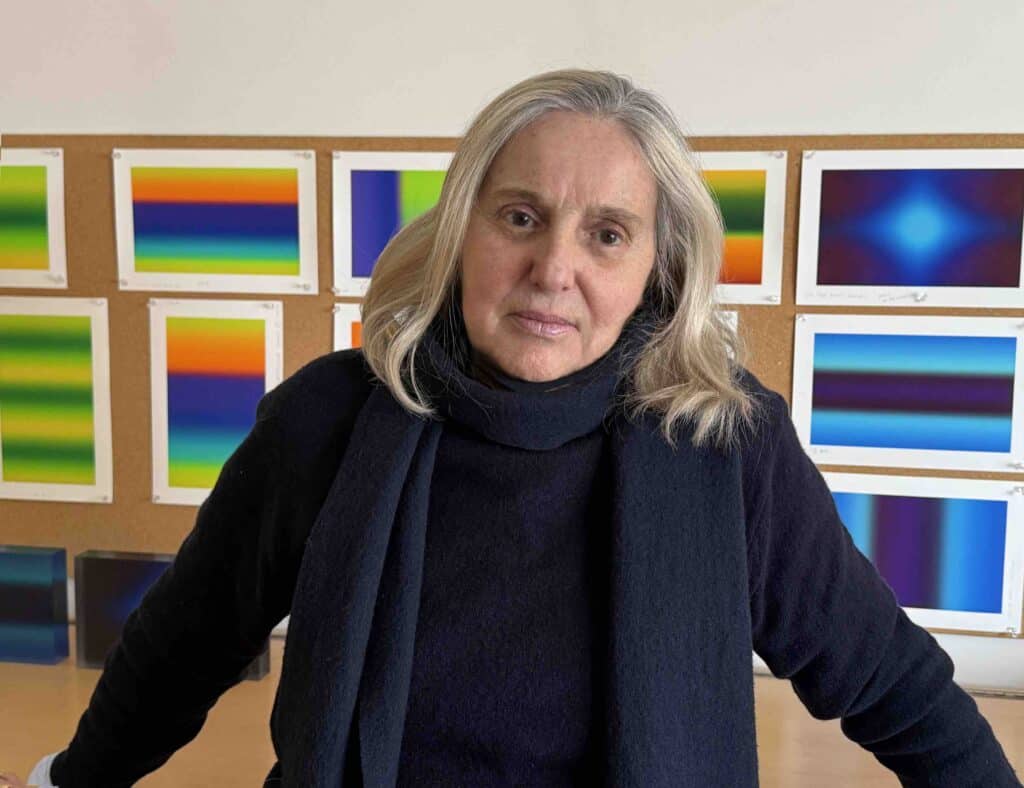
Photo: Linda K. Alpern
Seagram has carved her own niche in the art and light scene, developing her techniques to create luminous and three-dimensional experiences without need of projection, a light box or even a base. There is something organic and pulsating in the images but also beautiful and deeply calming. “Light and color affect people’s energy, and they are drawn to it,” says Seagram. And in a world with so much turmoil, everyone could use a positive vibe.









![@raphael_avigdor brings his signature boldness and emotional depth to this year’s Art Basel, unveiling a solo show that’s as personal as it is powerful. Presented by London gallerist Rebecca Hossack, the exhibition celebrates his latest photographic book Both Sides Now, a visual homage to the layered lyrics of Joni Mitchell.
The show opens on December 4, 2025 from 6PM–9PM at her newly renovated home and gallery in East Little Havana. [link in bio]](https://hamptonsrealestateshowcase.com/wp-content/uploads/sb-instagram-feed-images/584394178_18549642664030135_1592235407580770939_nfull.webp)

![When clients embrace bold ideas, the results speak for themselves. In this Sag Harbor home, designer Jessica Gersten played with sculptural form and layered textures to create something truly distinctive. From the forged-iron swing to a striking stairwell pendant that anchors the heart of the space, the finished design balances personality and livability in every room. [link in bio]](https://hamptonsrealestateshowcase.com/wp-content/uploads/sb-instagram-feed-images/586881005_18549106426030135_1053520189449566580_nfull.webp)
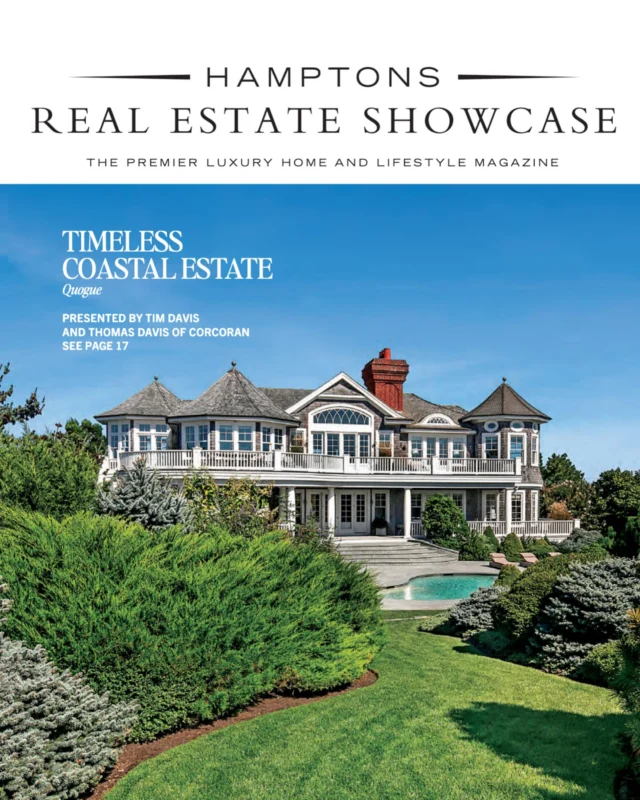


![Across continents and architectural styles, a distinct vision emerges. 🌎 George Lucas’s real estate portfolio brings together expansive ranchland, oceanfront enclaves, heritage estates, and city landmarks, each chosen with a curator’s eye. From Skywalker Ranch’s 4,700 acres to a secluded stretch of the French countryside, his properties honor place, history, and the pursuit of meaningful design. It’s a collection that speaks quietly, yet with remarkable depth. [link in bio]
📸: Araya Diaz/WireImage, Patrick Durand/Getty Images, Mike Kemp/In Pictures via Getty Images, Google Maps, Google Earth](https://hamptonsrealestateshowcase.com/wp-content/uploads/sb-instagram-feed-images/582214036_18548535424030135_3221221365131655942_nfull.webp)

